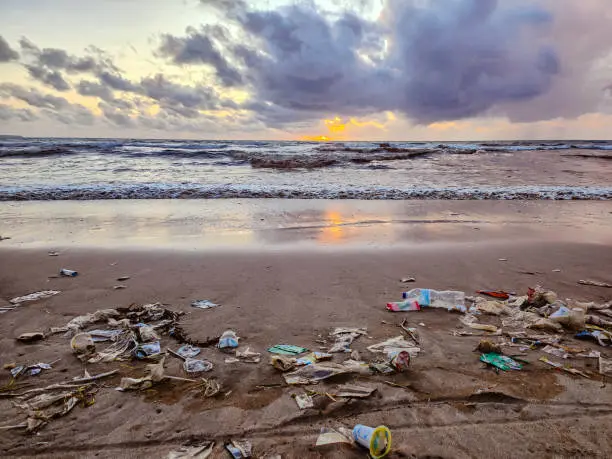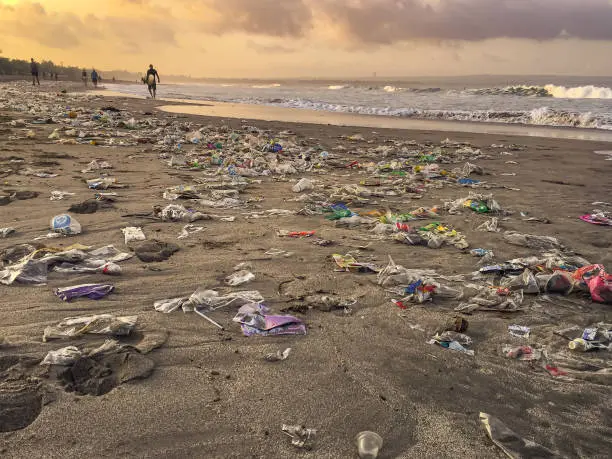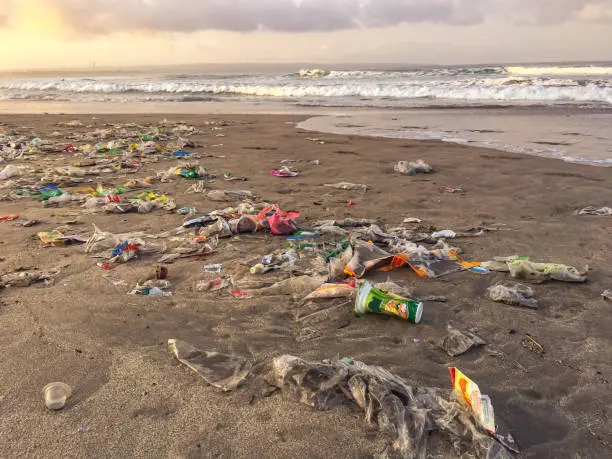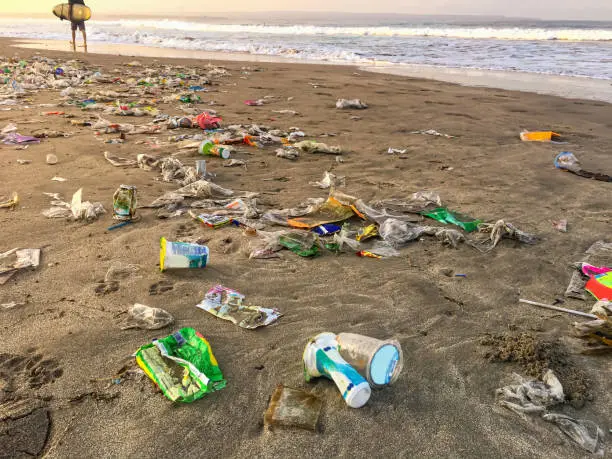Paper Cups vs Plastic Cups: A Comprehensive Comparison
In today's world, there is a growing concern over the impact of plastic products on the environment. As such, more and more people are looking for alternatives to plastic products, including cups. One alternative that has gained popularity in recent years is paper cups. However, there is a debate on whether paper cups are a better option compared to plastic cups. In this article, we will explore the differences between using paper cups versus plastic cups, examining their impact on the environment, cost-effectiveness, durability, and convenience.
Environmental Impact
One of the most significant differences between paper cups and plastic cups is their impact on the environment. Plastic cups are made from petroleum, a non-renewable resource, and are not biodegradable. They take hundreds of years to decompose and can harm marine life and pollute the oceans. Plastic cups are also difficult to recycle, with only a small percentage being recycled due to contamination or the lack of recycling facilities.
In contrast, paper cups are made from renewable resources, such as trees, and are biodegradable. They can decompose within a few weeks or months and do not harm the environment. However, the production of paper cups requires a considerable amount of water, energy, and chemicals. The process of bleaching the paper to give it a white appearance also generates pollutants, such as dioxins and furans, which are harmful to the environment. Therefore, the environmental impact of paper cups depends on how they are disposed of and the manufacturing process.
Cost-Effectiveness
Another difference between paper cups and plastic cups is their cost-effectiveness. Plastic cups are generally cheaper than paper cups, making them a popular choice for businesses and events. They are also reusable, making them more cost-effective in the long run. However, the cost of plastic cups increases if they need to be recycled, as recycling facilities charge a fee for processing plastic waste.
Paper cups are generally more expensive than plastic cups, but they can be more cost-effective in certain situations. For example, if a business or event wants to promote environmental sustainability, they may choose to use paper cups and charge a premium for the product. This premium can offset the additional cost of using paper cups. Additionally, if the business or event has access to composting facilities, they can compost the paper cups, reducing waste disposal costs.
Durability
The durability of paper cups versus plastic cups is another difference worth considering. Plastic cups are generally more durable than paper cups, making them a more practical choice for outdoor events and high-traffic areas. They are also less likely to leak or break, making them a safer option.
On the other hand, paper cups are less durable than plastic cups, and they are more likely to leak or break if not handled properly. This can result in spills and stains, which can be inconvenient and unsanitary. However, paper cups can be coated with a thin layer of plastic or wax to make them more durable and resistant to leaks.
Convenience
Finally, convenience is another factor that distinguishes paper cups from plastic cups. Plastic cups are available in a variety of sizes and shapes, making them suitable for different types of beverages. They are also easy to transport and store, as they can be stacked together without taking up too much space. Additionally, plastic cups can be reused, making them a convenient and eco-friendly choice.
Paper cups, on the other hand, are not as versatile as plastic cups. They are typically available in a limited range of sizes and shapes, and they are not as convenient to transport or store. However, paper cups are disposable, which eliminates the need for cleaning and sanitizing, making them a more hygienic choice.
Paper Cups vs Plastic Cups Conclusion
In conclusion, the choice between paper cups and plastic cups depends on various factors, including environmental impact, cost-effectiveness, durability, and convenience. While plastic cups are cheaper and more durable, they have a significant negative impact on the environment and are difficult to recycle. In contrast, paper cups are made from renewable resources, biodegradable, and have a lower environmental impact. However, they are more expensive, less durable, and not as convenient to use.
Businesses and event organizers should consider these factors when making a decision about which type of cup to use. If promoting environmental sustainability is a priority, then paper cups may be the best option, despite the higher cost. On the other hand, if durability and cost-effectiveness are the primary considerations, then plastic cups may be the better choice.
It is also important to note that the environmental impact of cups depends not only on the material but also on how they are disposed of. Both paper and plastic cups can be recycled, but it requires proper disposal and recycling facilities. Therefore, businesses and event organizers should consider implementing a recycling program and educating their customers on proper disposal methods.



